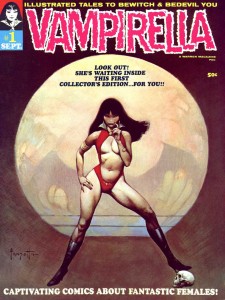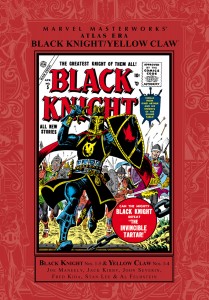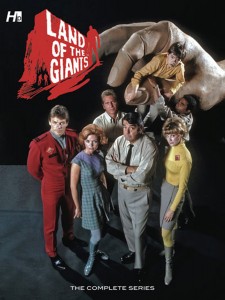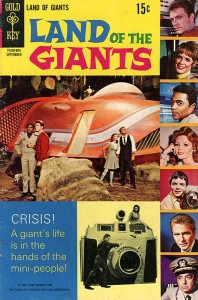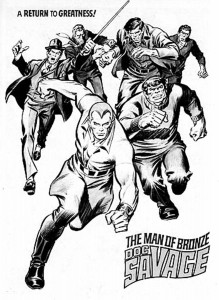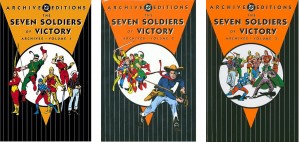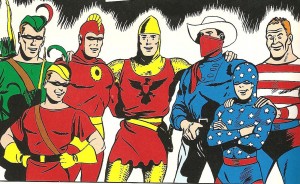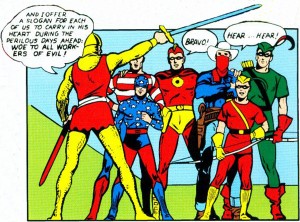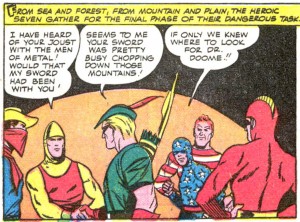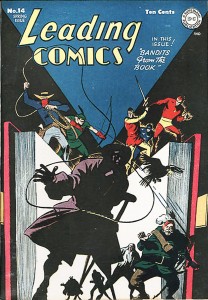(Edited by Bill Parente; Don Glut, Forrest J Ackerman, Tom Sutton, Frank Frazetta, Billy Graham, and others; WARREN PUBLISHING; September, 1969)
In 1969, the world was in flux; it seemed that every day saw some type of major change. Comic books, reflecting those changes, were trying new things just to keep pace. Warren Publishing, the home of horror anthology black and white magazine sized comics CREEPY and EERIE, decided that the sexual revolution was the perfect time and backdrop to introduce a sexy new character, an inhabitant of a planet called Draculon, where blood flows like water… in short, a planet of vampires. I was just short of my eleventh birthday when VAMPIRELLA #1 hit the magazine racks. I was big into comic books and horror stuff and… well… I mean… look at that cover! Of course, I was gonna buy the thing! But, was the rest of the world really ready for a sci-fi vampiric BARBARELLA knock-off? Again, I say, “Look at that cover!” The original series ran for 112 issues, so… yeah, I think that the world was ready for VAMPIRELLA. So, aside from the amazing Frank Frazetta painting on the cover (have I mentioned that cover?), was this thing worth my hard-earned (well, hard-begged for, actually) four bits? Uh… yeah!

From front to back, you’ve got some fun horror/thriller/sci-fi type stories, in the same anthology fashion as CREEPY and EERIE – the title character only appears in one actual story and as hostess for the rest of the book. Editor Bill Parente joins Frank Frazetta (who contributes a pen and ink Vampirella… “Vampi” to her friends… that’s every bit as cool as his cover painting) with a welcome from our hostess: “Hi, there! Welcome to the coolest girl-meets-ghoul mag on the market!” Vampi creator (with Trina Robbins) Forrest J Ackerman writes the first tale, “Vampirella of Draculon,” which ostensibly works as an origin for the girl from Draculon. The story is rather short, as such things go – a mere seven pages. The art is provided by Tom Sutton, who’s work is… an acquired taste, to say the least. Actually, to be fair, Sutton became a favorite in the early ’70s with his work on GHOST RIDER, DOCTOR STRANGE, Morbius, the Living Vampire in VAMPIRE TALES and more at Marvel. There’s a whole lot of story and exposition in these seven pages, trying to jam (maybe) too much set-up for Vampi’s arrival on Earth in the next issue.

“Death Boat” is the first of five (!) stories scripted by Don Glut. It’s a vampire story with a twist, illustrated by the wildly talented Billy Graham (who had a hand in creating LUKE CAGE, HERO FOR HIRE for Marvel Comics). The “shock” ending is a little contrived, but I did mention that Billy Graham drew the thing, right? The next two tales (also by Glut and also featuring twist endings) feature two more of my all-time favorite comics artists: Reed Crandall and Neal Adams.

“Two Silver Bullets” is a different take on the “loupe garou” legend. The premise is set in the first panel of the story, as a Canadian trapper’s daughter is attacked by a wolf… a werewolf. Crandall’s artwork has a great woodcut style that was tailor-made for the black and white medium of Warren’s magazines. Throughout his Warren career, some of his best works were those based on the stories of Edgar Allan Poe. By the time VAMPIRELLA #1 hit the stands, Reed had been drawing comics for almost 30 years. That experience definitely shows through the pages of “Two Silver Bullets.”

The breadth and power of Neal Adams’ art is certainly on display with “Goddess From the Sea,” more so as the pencil-work is unadorned by the usual India ink “finishes” that comic book readers are accustomed to seeing. The morals to this odd little mermaid story are simple: “Beauty’s only skin deep.” and “You should watch what you wish for… you may just get it!”

Before he became THE inker for Jack Kirby at DC, Mike Royer produced some very nice pages for Warren, including “Last Act: October” in this issue. It’s a tale of revenge, a witch’s curse and the supernatural powers that are unleashed on All Hallow’s Eve. There’s another trick ending here, but it actually works fairly well this time around. “Spaced Out Girls” is a rather bland science-fiction story with artwork by Tony Tallarico (though some sites I’ve visited credit penciller Bill Fraccio with Tallarico inking). The results are… interesting. Writer Nicola Cuti bookends Don Glut’s five scripts with “Room Full of Changes.” The story is strangely confusing… something about a murderous room or some such… but I’ve always liked the unique style of artist Ernie Colon. So there you have it. The stories work better than half the time and the art, for the most part, is off the chart good.

VAMPIRELLA #1 has been reprinted – in part or in whole – several times over the ensuing 45 years, the most recent as part of Dynamite Entertainment’s VAMPIRELLA ARCHIVES VOLUME ONE in 2010. The huge (380 pages plus) hardcover features the first seven issues of the original Warren magazine, with additional stories by the likes of: writers Doug Moench and the legendary Gardner F Fox and artists Jeff Jones, Jack Sparling, Dan Adkins and Frank Bolle, among others. For more info on the VAMPIRELLA ARCHIVES series and other Vampi related books, check out www.dynamite.com.

